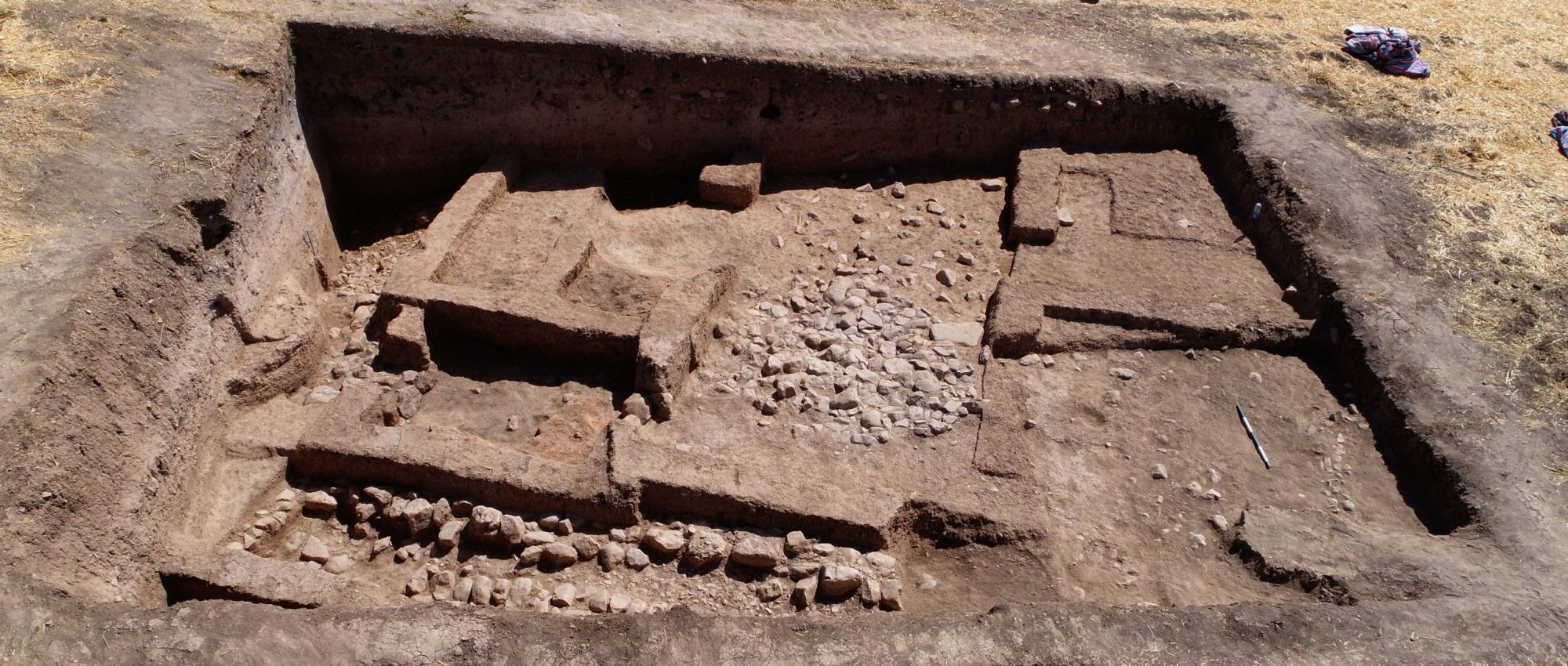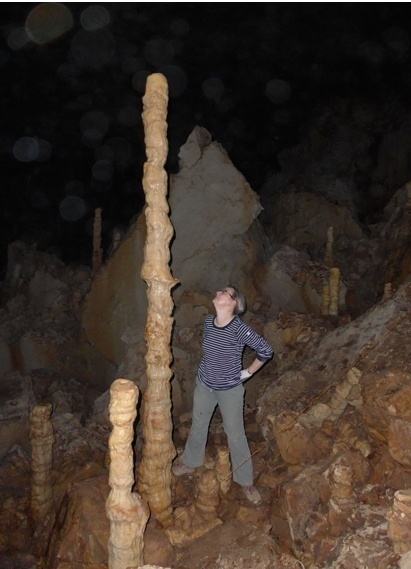
Today, Iraq is suffering from prolonged droughts and drops in water levels in its well-known rivers: the Tigris and Euphrates. For scholars, ancient Iraq is known as the place of some of the earliest cities and what ultimately became organized governments that we would find familiar. While this is true, before even the rise of the first cities and governments, some parts of ancient Iraq may have been more difficult to settle not because they were too dry but because they were too wet. This might be the case in northeast Iraq, in what is today the Kurdish part of the country.
Recent work at Tepe Marani and Gurga Chiya, not far from the Halabja, a city made infamous in a 1988 chemical attack by Saddam Hussein, has revealed that its ancient inhabitants perhaps worried about having too much water rather than too little. At about 7500 years ago, the site of Tepe Marani was settled and by 6500 years ago the nearby mound of Gurga Chiya was also occupied. There, archaeological work has revealed a building raised from the natural level of a low ridge that sits above a now mostly eroded valley that once had flowing seasonal or even permanent rivers. The settlement was divided by a steep alley which was cobbled and included a drainage channel, diverting water away from the entrance of an excavated building, which itself was terraced and sat slightly above street level. The location of the settlement on a ridge also suggests that inhabitants tried to avoid periodic flooding that would have likely occurred. At the earlier site of Marani, a wide area of paving made from large potsherds was found next to a deep ditch or natural water-channel, perhaps to reduce the problems of mud at a crossing point.
We know the period of Tepe Marani’s and Gurga Chiya’s occupation was a much wetter period from recent work at a nearby cave called Shalaii Cave, not far from the oil town of Chamchamal. Speleothems, which include stalagmites, that date to the period when Tepe Marani and Gurga Chiya were occupied, have yielded oxygen isotope results that can be reconstructed to reveal that more rainfall fell in the region than it does today. These rains likely came from strengthened northwesterlies bearing increased rain from the Mediterranean that fueled more powerful rains going east towards Iraq. Some have argued that at this time Iraq and nearby regions experienced more than one rainy season, unlike today, but evidence from Shalaii says otherwise, where the growth on speleothems, similar to tree rings, suggest a single, seasonal rainfall, albeit with more water during the rainy season.

A speleothem from Shalaii Cave. Image courtesy Mark Altaweel
Climate was not only more humid but plant remains, found as microfossil phytoliths, which are small silica fragments from plants, also help to show that the region around Tepe Marani and Gurga Chiya not only grew grain but woodlands and wetlands were also more abundant than they are today. In fact, nearby swamps could have been a health hazard, with sicknesses such as malaria a possibility. Wetland regions were useful as economic sources. Evidence for reeds are found in phytoliths, suggesting they were used to make floor matting and baskets, while nearby more water sources, including seasonal or even permanent river streams and springs, surrounded the site.
These results show the great potential archaeologists have in combining speleothems, phytoliths, and archaeology to better tell a story of how past climate, economies, an emerging settled life combined to adapt to a world that was witnessing larger settlements and more intense agriculture. Speleothems have already begun to revolutionize our understanding of our past climate in many regions around the world and they are only beginning to be used in understanding the climate of where some of our earliest cities developed. Speleothems can also be very precisely dated, using Uranium-series dating methods, and they act similar to ice cores in capturing a long paleoclimate record over thousands of years. Phytoliths are also abundant in the archaeological record and can be found on archaeological sites and surrounding landscape, helping us to tell a story about what type of plants people exploited but also the surrounding environment in which people lived in.
Published by Mark Altaweel, Robert Carter, and David Wengrow
Institute of Archaeology, University College London, UK and University College London-Qatar Campus
These findings are described in the article entitled Mid- to late-Holocene archaeology, environment and climate in the northeast Kurdistan region of Iraq, recently published in the journal The Holocene (The Holocene 28(6) (2018) 955-967). This work was conducted by Anke Marsh, Mark Altaweel, and David Wengrow from University College London, Dominik Fleitmann from the University of Reading, Diary Ali Mohammed Al-Manmi from the University of Sulaimani, and Robert Carter from University College London-Qatar Campus.









